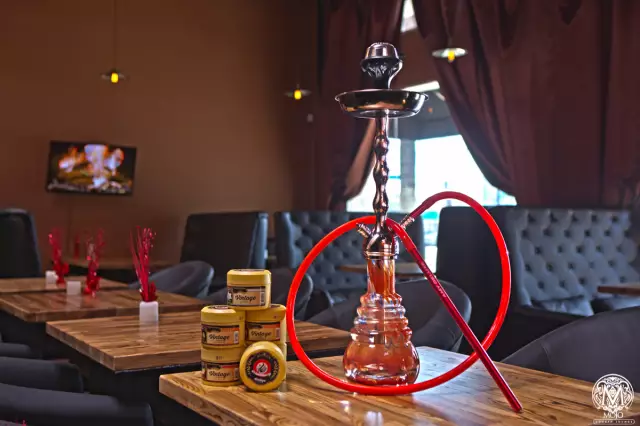- Author Curtis Blomfield [email protected].
- Public 2023-12-16 20:44.
- Last modified 2025-01-23 17:01.
To provide first aid for wounds and burns, an individual dressing bag is used. This small envelope weighing only 70 grams helps to stop bleeding and protect the wound from infection. Therefore, such packages are necessarily present in service with the army and the Ministry of Emergency Situations, as well as at all medical posts and at every enterprise. Doctors recommend using an individual dressing bag for all outdoor enthusiasts, tourists, athletes, as well as those who like to travel. Situations are different, and in this case, no one is safe from injury, and this remedy will help you endure it with less suffering.

Why do I need an individual dressing package
IPP, as it is also called, was originally created for the military and every soldier had it. As early as the beginning of the 20th century, there were packages consisting of a cotton-gauze pad soaked in an antiseptic and a plaster to fix it. The purpose of its creation is to prevent wound infection in non-sterile conditions, reduce pain and reduce bleeding. Packagedressing medical individual allows you to avoid complications, blood poisoning and pain during transportation of the wounded to the doctor. In peacetime, it is also in demand. All individual first aid kits and nurses' bags should have it in case of a natural disaster, emergency or accident.
Package Description

Even if you're not a medic or a combatant, you need to know what he looks like. An individual dressing bag is an envelope made of rubberized fabric measuring approximately 18 by 12 centimeters. Beneath this air- and moisture-tight package is another one made of parchment paper. The dressing kit itself is wrapped in it. It consists of a medical bandage 7-10 centimeters wide and up to 7 meters long and two pads. In different types of packages, they can be from 15 to 30 centimeters in size. They also differ in the number of layers - from 2 to 4. The main thing is the antiseptic, absorbent and protective layers. On the inner surface of the pads there is also a special atraumatic layer that allows you to remove the bandage without pain. They are impregnated with some kind of antiseptic. Of the two pads, one is fixedly fixed on the bandage, and the other can move. The package also includes something to secure the bandage, usually a safety pin, but it can also be Velcro or other closure.
Using an individual dressing bag
To provide medical care you need:
1. Openrubberized packaging.
2. Tear parchment paper along a special thread.
3. Remove bandage and pin. It is usually pinned to the clothes of the wounded during the dressing.

4. Gently unwind the bandage a little to get to the sterile pad. The inner surface must not be touched with hands, only the side marked with colored thread.
5. Apply a fixed pad to the wound, gradually unwinding the bandage, move the second one to the wound outlet. If this is not the case, it can be applied next to the first with a large area of the lesion or on top to provide a pressure bandage.
6. Bandage the pads to the body. The length of the bandage allows you to apply any bandage.
Features of the dressing package
This medical product has many advantages over conventional bandage and cotton.
1. The dressing package is individually sterilized at the factory by the radiation method or steam. This helps prevent additional infection of the wound and promotes the development of beneficial microflora.
2. The pads are impregnated with an antiseptic agent, which speeds up healing.
3. The surface of the pads is smooth, without bumps and depressions. This reduces pain.
4. The special top coat facilitates painless removal of the dressing as it does not dry out on the wound.

5. The pads are breathable and absorb blood well.
6. Good fixation on the wound and the ability to apply a pressure bandage quickly stops bleeding.
7. The pads are impregnated with products that do not cause allergies or irritate the skin.
An individual dressing pack is a very useful thing in every home first aid kit. Even a common household injury or cut will heal faster if you use it to dress them.






